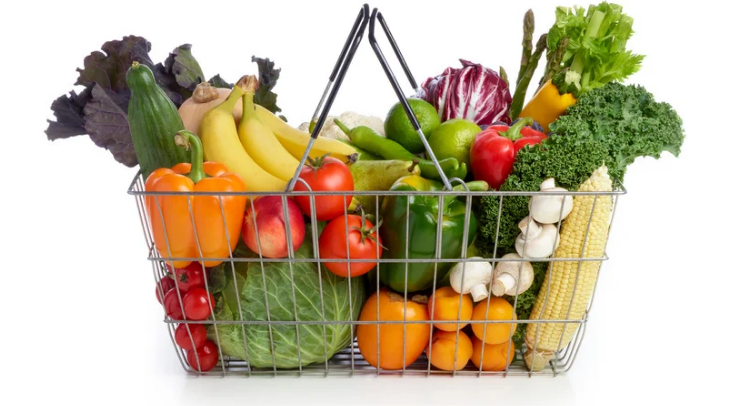in Fresh harvest Exports: How Certifications Foster Trust and 100% Quality
In today’s market, where consumers around the world value quality, safety, and sustainability, certifications play a crucial role in fostering trust within the fresh harvest export sector. For businesses like Freshhly Picked, certifications not only signify approval but also reflect our dedication to excellence and our ability to cater to the varied demands of international consumers. In the competitive world of fresh produce exports, building trust with consumers and international markets is essential. One of the most effective ways to establish this trust is through certifications, which act as a guarantee of quality, safety, and sustainability. For businesses like Fresh Harvest Exports, acquiring certifications from reputable authorities is not just a legal requirement, but a strategic move to ensure that every product meets the highest standards. The Significance of Certifications Certifications, including Organic, Global G.A.P., Fair Trade, and HACCP, connect producers with consumers by ensuring transparency, high quality, and ethical practices. For exporters targeting selective markets like the UAE, these certifications substantiate claims about pesticide-free products, sustainable agriculture, and fair labor conditions, thereby enhancing credibility. Certifications, such as GlobalG.A.P., USDA Organic, and Fair Trade, signal to customers that the fresh produce has been grown, harvested, and handled with care, adhering to strict quality and safety protocols. These certifications cover a wide range of areas, from pesticide-free farming practices to sustainable production techniques. For international buyers, particularly in markets like the UAE, certifications serve as a vital trust-building tool, offering assurance that the produce is of the best possible quality, free from harmful residues, and responsibly sourced. 1. Building Consumer Confidence: Certifications provide assurance to consumers that their purchases comply with rigorous safety and quality criteria. For example, Organic certifications guarantee that pomegranates and Assam lemons are cultivated without synthetic pesticides or fertilizers. 2. Facilitating Market Access: Numerous international markets mandate particular certifications as a requirement for imports. Adhering to these criteria ensures compliance with local laws, allowing smoother entry into high-end markets. 3. Promoting Sustainability and Ethics: Fair Trade certifications focus on ethical agricultural practices, ensuring that farmers receive equitable pay. This initiative not only benefits farming communities but also resonates with socially aware consumers worldwide. 4. Achieving a Competitive Advantage: In a crowded export market, certifications distinguish our products from those lacking them, highlighting our commitment to quality and sustainability. Our Dedication to Quality At Freshhly Picked, we recognize the influence of certifications on establishing consumer trust and boosting demand. We collaborate with many farmers, enabling them to implement globally recognized practices with fresh harvest. Whether it’s the flavorful Assam lemons or nutrient-rich ginger, our products meet international standards. Certifications help companies like Fresh Harvest Exports to streamline their operations, ensuring consistent quality control from farm to delivery. This transparency helps prevent issues like contamination or spoilage during transit, providing consumers with the confidence that they are receiving the freshest and safest products. As global demand for high-quality, ethically sourced produce continues to grow, certifications are becoming a crucial aspect of business strategy, fostering trust and promoting long-term success in the fresh produce export market. Key Certifications We Embrace: Advantages for Consumers and Farmers Certified produce offers immense benefits to both consumers and farmers. Customers gain access to safe, high-quality, and ethically sourced food, while farmers enjoy better pricing and global recognition for their practices. Building a Sustainable Future Certifications are more than just a means of compliance; they embody our vision for a sustainable and transparent food distribution system. By continually investing in certifications, we reinforce our commitment to transforming agriculture, one shipment at a time. In the realm of fresh harvest exports, trust is essential. Certifications provide a reliable assurance, confirming our steadfast commitment to quality, safety, and sustainability for consumers globally. As Freshhly Picked extends its reach worldwide, certifications remain integral to our promise of delivering the finest produce from farm to table.Enhance your dining experience with confidence—choose certified fresh produce from Freshhly Picked.
in Fresh harvest Exports: How Certifications Foster Trust and 100% Quality Read More »










